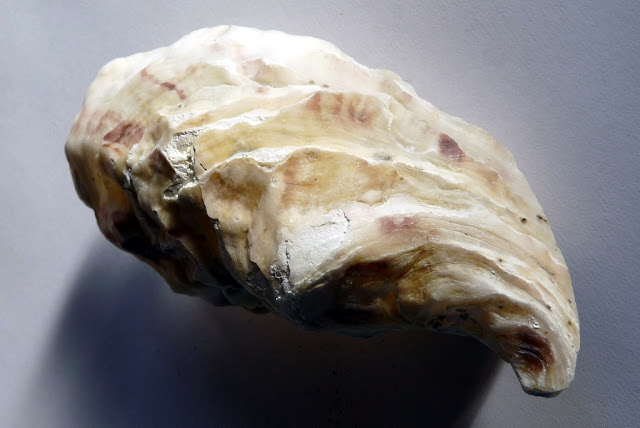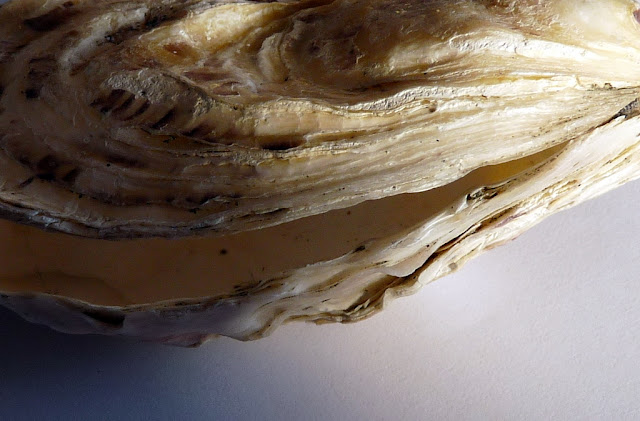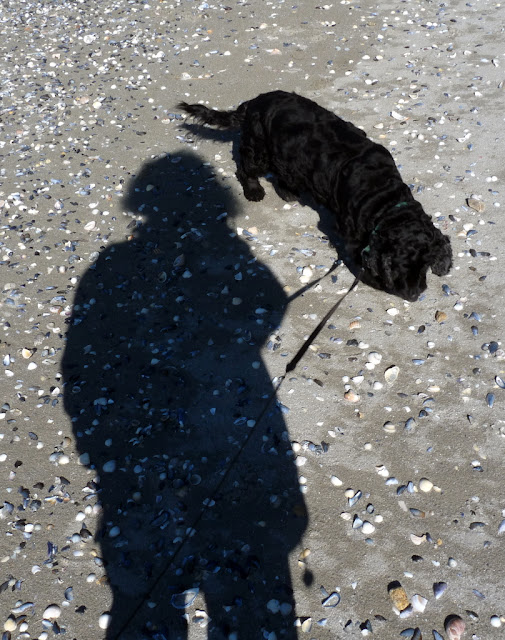That's what I should do more of, in the way that I used to write letters of old, rather than aspiring and failing to say or show anything original or self-consciously beautiful or structured or important. In fact the blogs I read that continue and continue to be enjoyable are possibly, I think, by the people who are least concerned with any sense of their own importance, and just do it anyway, without it claiming too much of their own or other people's time and energy. The tendency of my memory to go into holes troubles me somewhat, here as elsewhere ; I often do think of or see things which I think would be worth putting on here, but by the time I come to sit down with the computer, they have completely evaporated. Carry a notebook, of course, and remember to the use it. I don't how people manage to tweet all the time; I suppose they carry mobile devices, and remember to use them. I lurk on Twitter enough to know that much of what people say there is drivel, but sometimes it's not, but witty and creative.
~
Sunday afternoon and I took myself off to Viscomica's place to see puppets, with Iso and Princeling. We had understand it was a Guignol show, the seeing of which is one of those things in my bucket list (being very backward, I've only recently learned of this expression, though I've had one for a long time), not an important thing it's true, but one of those easily accomplished things. It turned out to be Polichinelle, a French version of Pulcinella, and a kind of forerunner of both Guignol and Punch and Judy. The puppets were beautifully made but there weren't many of them, the story was insubstantial, too long for children and too simple and repetitive for adults, and too samey for both, and everyone grew bored before the very charming, faun-like young man whose show it was even embarked on his lecture on the history and etymology of the genre.
But it didn't matter, because the main thing was it was one of those glorious early spring days that take you by surprise, every time, when the low warm sun makes everything flat and pearly, and we sat outside on the grass before and after, and with the change in the hour - not a thing I usually feel very merry about - we did so until quite late in the day. Last time I saw Princeling and his mum back in the winter he was having a bad day and I was grumpy and critical and interfering, and the memory of it was sour, but he raced round and beat on the car door as I pulled in, hugged me cheerfully, and then there was a small troupe of sturdy, friendly children for him to play with, and best of all a fabulous big old gentle dog, who should have been Nana in Peter Pan and who could catch and manoeuvre a large squashy football between its paws time and again, never letting it roll towards the drive where the cars were occasionally passing. Sun and spring worked into us and loosened up the stiff places, the boy rolled around and got covered in grass cuttings so he looked like a green shaggy monster, there was a bar with beer and apple juice,and we relaxed and enjoyed each other's company. We'll get to see Guignol another time.
~
Another thing, which hardly quite constitutes a placing on the to-do-before-I-die list but which I've been meaning to try for a while,
violet syrup. I was wondering in fact about the alcoholic version, crème de violette, which you come across occasionally, offered as an alternative to crème de cassis in kir and suchlike. Flower flavours - elderflower, rose, limeflower, orange blossom etc always intrigue me, and the colour of this stuff was especially beguiling, but I have an abiding memory of buying Parma violet sweets as a child, expecting them to be like sherbet or Refreshers, and being disgusted with them as tasting like soap or talcum powder. So I thought before shelling out on the boozy stuff I'd try the cheaper non-alcoholic syrup first. The colour is weird, and does look a little like methylated spirits, but is very appealing all the same, so unusual and delicate. The flavour? Hmm, still a bit scenty, and improved by the acidity of a slice of lemon, which also adds a wacky bit of lurid complementery colour. It is rather nice, and goes oddly well with sheep's milk cheese and winter's sweet pickled figs.
~
The beeswax candle in the glass candle jar goes into meltdown. 'Quick, before it goes out!' says Tom.
~
Nuccio's Pearl. This camellia, only planted last year, is flowering quite late, but that's all right.
~
I saw the first swallow a week or so ago, crossing the field below the house. I waved to it but saw no more.
Today, sitting out in the warm sun, my hands rough and scratched from dry soil and weeding, I heard a 'kee-wik, kee-wik' overhead, and for a moment I barely noticed it, the combination of summer sensations seemed so normal. Then I remembered there were no leaves on the trees yet, and it the only flowers were daffodils and hellebores and the brick-red wallflowers, for the sake of whose spicy perfume, as much as the sunshine, I've been snatching all the time I can to sit outside.
Now the swallows, are clearly back in earnest. The one above was singing on the old TV ariel, and preening his magnificent tail forks, which have seen him all the way from Africa.
~
In the same spot, in the pitted and uneven soil where the old grease trap used to be, a number of wild bees are nesting, and taking advantage of the wallflowers. A huge black-and-white-and-orange-jerseyed bumble bee, its legs clad with heavy pollen sacs, buzzes in to its home. It seems to have trouble sometimes finding the entrance, but once it has disappeared underground it is often there for a long time. Its food-collecting absences are also lengthy. Though I am sitting very close to the nest sites the bees show no concern or aggression. Other bees in the same spot are a small amber orange bumble-type bee, and another like a large honey bee, liberally dusted with bright golden yellow, whether pollen or its own colouring I'm not sure. If you see a two types of bee going into the same hole one after another, there's a strong possibility they're klepto-parasites.
~
Planted the window boxes with orange ranunculus, white double daisies and pansies like big blue ink blots.
Peas are putting their heads up above ground, the herbs - mint and marjoram, lovage, sweet cicely, chives and fennel - are throwing shoots lustily. Odds and ends in the cold frame, but I am always slack about writing labels, and now I can't tell my nasturtiums from my sunflowers, as I can't always tell my marmalade from my chutney. Ah well, the proof of the pudding...
~
Enjoying EM Forster out-of-copyright (mostly) on the Kindle.
We cast a shadow on something wherever we stand, and it's no good moving from place to place to save things, because the shadow always follows. Choose a place where you won't do harm - yes, choose a place where you won't do very much harm, and stand in it for all you're worth, facing the sunshine.
(A Room with a View)
~



















































